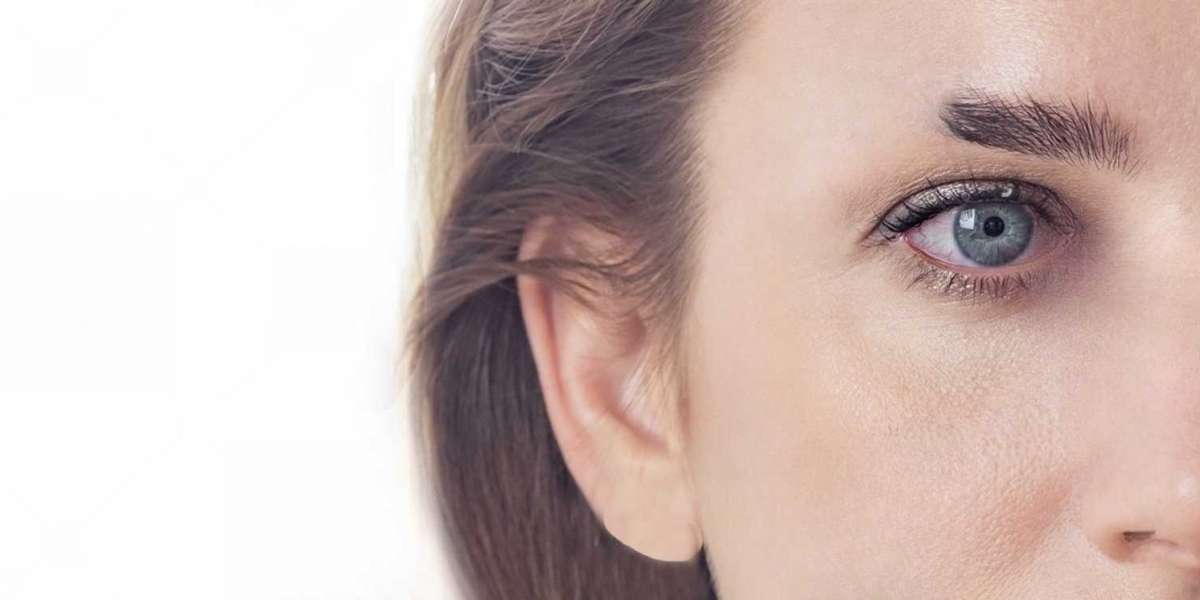A rosette cataract is a unique lens opacity that forms after eye trauma, resembling the petals of a flower. Unlike age-related cataracts, this condition requires specialized Rosette Cataract Treatment to prevent permanent vision loss.
This comprehensive guide covers:
✔ What makes rosette cataracts different
✔ When surgery becomes necessary
✔ Modern Rosette Cataract Treatment options
✔ Recovery expectations and success rates
✔ Alternative solutions if surgery isn't an option
If you've suffered an eye injury and notice vision changes, this could be your roadmap to visual recovery.
Understanding Rosette Cataracts
What Are Rosette Cataracts?
Rosette cataracts develop after blunt trauma to the eye, causing:
Star-shaped or petal-like opacities in the lens
Radial spoke patterns emanating from the impact point
Potential progression to complete lens clouding
"About 22% of significant eye traumas result in rosette cataracts." - Journal of Ophthalmic Trauma
Key Differences from Age-Related Cataracts
| Feature | Rosette Cataract | Age-Related Cataract |
|---|---|---|
| Cause | Trauma (sports, accidents) | Natural aging |
| Appearance | Flower-petal pattern | Uniform clouding |
| Progression | Can stabilize or worsen | Always progressive |
| Onset | Hours to months post-injury | Years of development |
When Is Rosette Cataract Treatment Needed?
Not all rosette cataracts require immediate surgery. Intervention depends on:
Visual Symptoms Requiring Treatment
Vision worse than 20/40 (affecting daily activities)
Glare/halos impairing night driving
Monocular diplopia (double vision in one eye)
Anisometropia (significant prescription imbalance)
Timing Considerations
Acute phase: Wait 3-6 months for stabilization
Progressive cases: Earlier intervention needed
Pediatric patients: Faster action to prevent amblyopia
Modern Rosette Cataract Treatment Options
1. Phacoemulsification (Standard Approach)
Procedure: Ultrasound breaks up cloudy lens
IOL Insertion: Artificial lens replaces natural one
Success Rate: 92% achieve 20/40 vision or better
Best for: Mature rosette cataracts without complications
2. Extracapsular Cataract Extraction (ECCE)
Used when: Dense nuclear fragments exist
Advantage: Lower risk of posterior capsule rupture
Best for: Traumatic cases with lens dislocation
3. Laser-Assisted Surgery
Femtosecond laser: Precise incisions in complex cases
Capsulotomy: Cleaner anterior capsule opening
Best for: Partial rosette cataracts with clear zones
4. Secondary Procedures
Nd:YAG laser: Clears posterior capsule opacification
IOL exchange: If initial lens power calculation was off
The Surgical Experience: What to Expect
Before Surgery
Biometry measurements (IOL power calculation)
Corneal topography (rule out trauma-induced astigmatism)
Macular OCT (check for concurrent retinal damage)
During Procedure (15-30 minutes)
Local anesthesia (eye drops or injection)
Micro-incisions (2-3mm typically)
Lens implantation (monofocal/toric options)
Recovery Timeline
Day 1: Blurry vision expected
Week 1: 80% of healing occurs
Month 1: Final vision stabilizes
Month 3: Glasses prescription finalized
Success Rates and Visual Outcomes
| Factor | Positive Prognosis | Challenging Cases |
|---|---|---|
| Pre-op VA | Better than 20/100 | Light perception only |
| Retinal Status | Healthy macula | Traumatic maculopathy |
| IOL Placement | In-the-bag | Sulcus or anterior chamber |
| Surgeon Experience | 100 trauma cases | Limited trauma exposure |
"78% of traumatic cataract patients regain driving vision post-op." - American Society of Cataract and Refractive Surgery
Alternative Treatments When Surgery Isn't Possible
For patients who can't undergo surgery:
1. Specialty Contact Lenses
Rigid GP lenses: Neutralize irregular optics
Tinted lenses: Reduce glare sensitivity
2. Pharmacologic Pupil Dilation
Mydriatic drops: Improve vision through clear lens zones
Drawback: Causes light sensitivity
3. Low Vision Aids
Bioptic telescopes for distance
High-power reading glasses
Potential Complications to Monitor
Even successful Rosette Cataract Treatment carries risks:
⚠ Posterior capsule opacification (30% of cases)
⚠ Traumatic glaucoma (from angle recession)
⚠ Corneal edema (if endothelial damage existed)
⚠ Retinal detachment (especially with vitreous loss)
Pediatric Considerations
Children with traumatic cataracts need:
Urgent evaluation (critical period for visual development)
Possible amblyopia therapy (patching/atropine)
Special IOL calculations (for growing eyes)
Innovations in Rosette Cataract Treatment
Adjustable IOLs (light-adjustable lenses)
Capsular tension rings (for zonular weakness)
Intraoperative wavefront aberrometry (real-time IOL power adjustment)
Final Verdict: Is Vision Restoration Possible?
For most patients, Rosette Cataract Treatment successfully:
✅ Restores functional vision (90% 20/40 with IOLs)
✅ Reduces glare disability
✅ Improves quality of life
However:
✗ Underlying trauma damage may limit outcomes
✗ Some require additional procedures
The Bottom Line: Modern cataract surgery can effectively treat rosette cataracts, but individual results depend on associated eye damage.
FAQs About Rosette Cataract Treatment
Q: How soon after injury can surgery be performed?
A: Typically 3-6 months post-trauma, unless causing glaucoma.
Q: Will I still need glasses after surgery?
A: Likely for fine-tuning vision, especially if astigmatism existed.
Q: Can rosette cataracts recur after surgery?
A: No, but posterior capsule clouding may need laser treatment.
Q: Does insurance cover traumatic cataract surgery?
A: Most US plans do when medically necessary.







